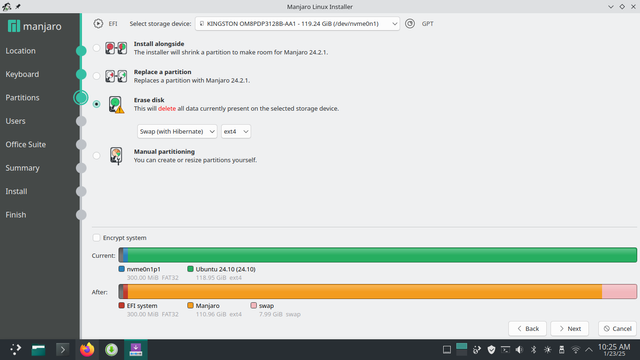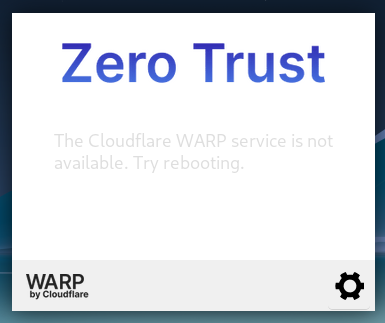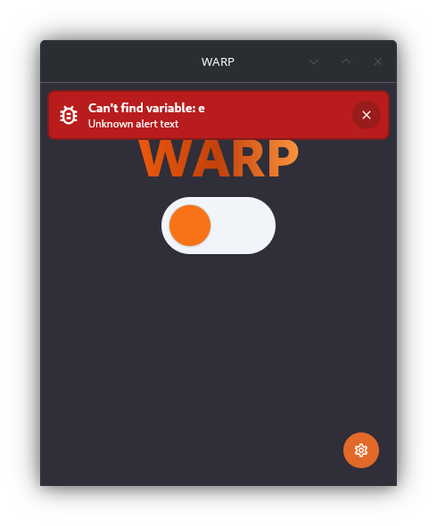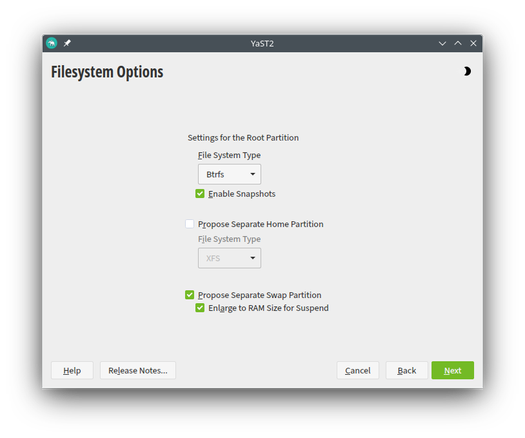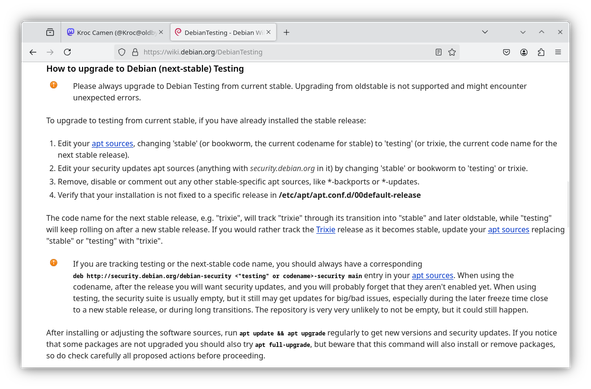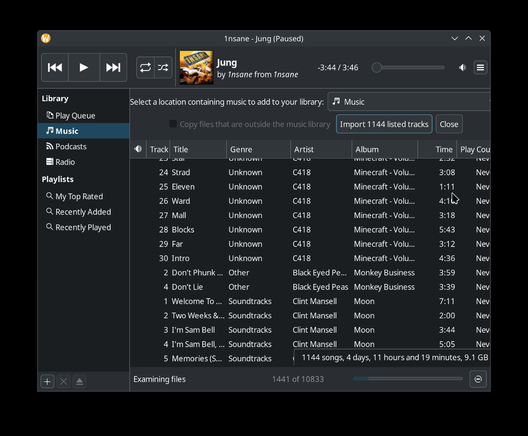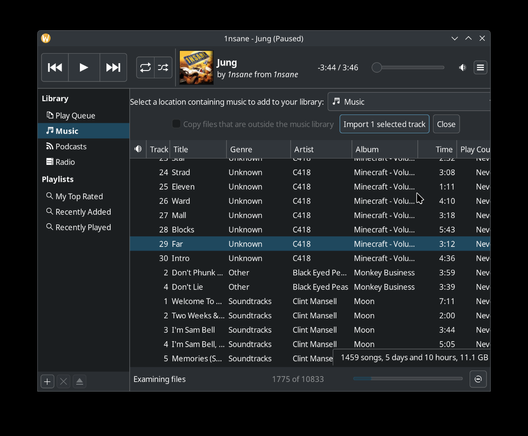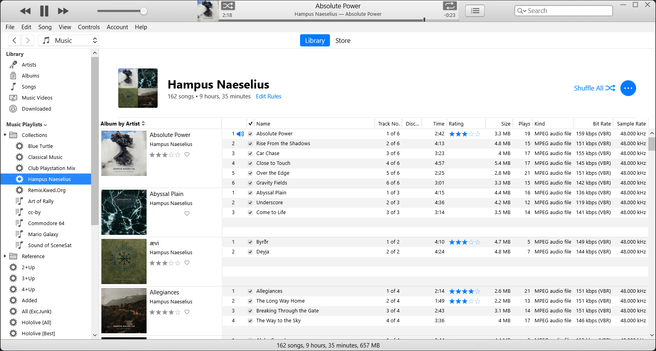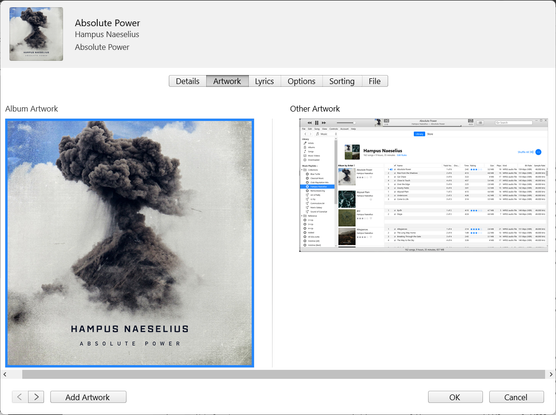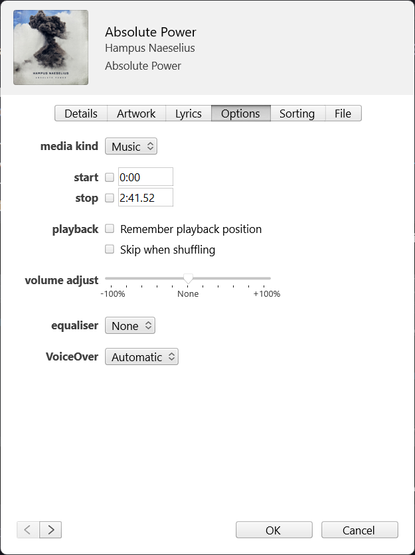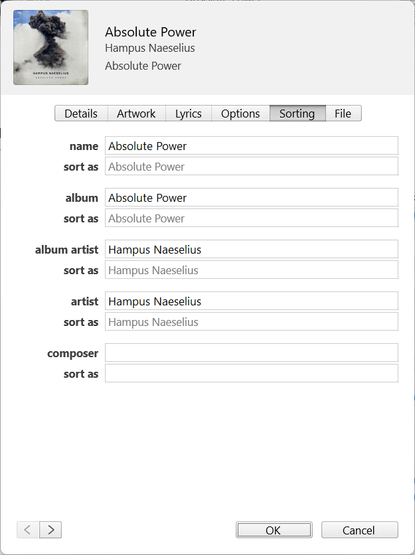Welcome one and all to the big #Linux BS thread! I get that it's necessary to switch to Linux, I'm imploring you to do so, and I don't want to discourage anyone but I need to document the ways in which Linux is just not ready for 600 Million more users and I don't think it's any technical limitation so much as a lack of design self-awareness.
Case study 1: A basic 1GHz Intel netbook with 4GB RAM. I installed #Manjaro. Keys, touchpad, wifi and screen brightness work, very impressive. I also really like that Manjaro is not dumbed down and I was able to get plenty of information about the hardware.
But hibernate doesn't work. Clicking the button does nothing -- already a design flaw in that it can't even tell me *why* it isn't working. A quick Internet search lets me know that `systemctl hibernate` is the console command for invoking hibernate and should give me an error message. The swapfile size is not big enough, just 512MB for a machine with 4GB of RAM.
Can I resize the swapfile, using `dd` and a number of other `systemctl` commands? Yes! Should I have to? No! If I enable hibernation and it can't hibernate because the swapfile is too small then it should TELL ME and provide a GUI to fix it, and that's without considering that it should have set the swapfile size big enough during installation anyway!
But still, that's not enough. Despite having a hibernate feature, the installation didn't modify `initramfs` & GRUB to handle hibernation! Can I do this manually? Yes! Do / Should I have / want to? Absolutely not!
Now downloading #Kubuntu in hopes that its own features actually work out-of-the-box :|

